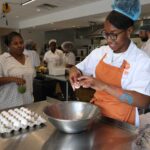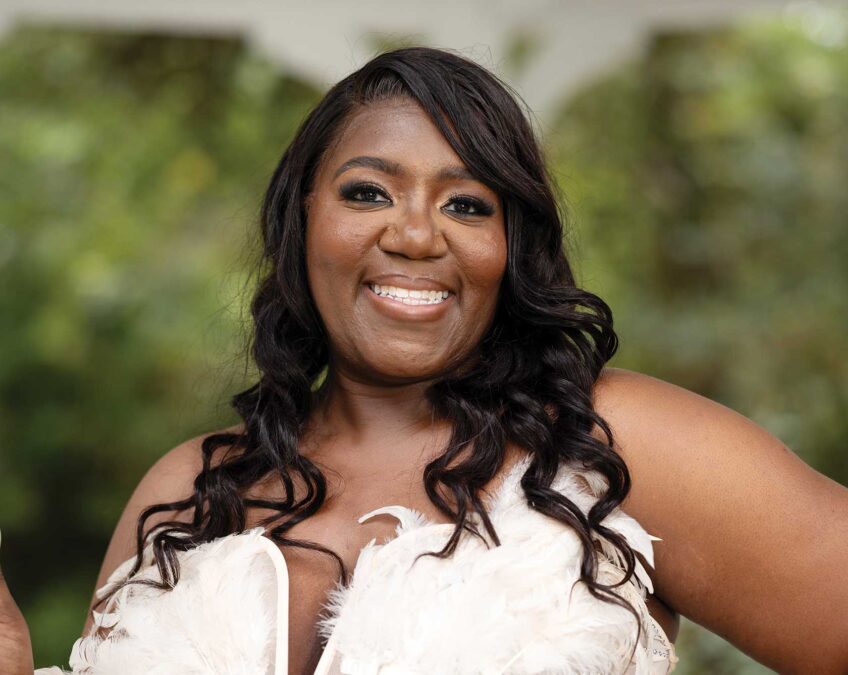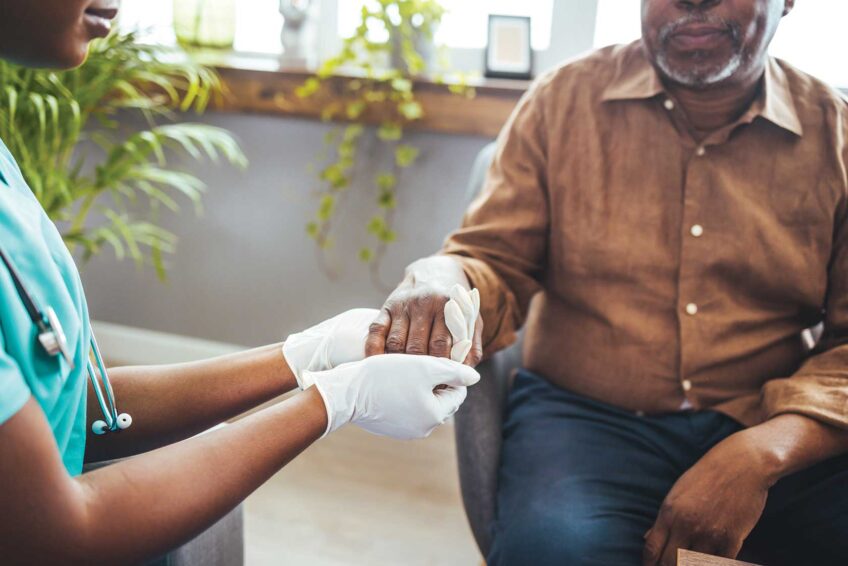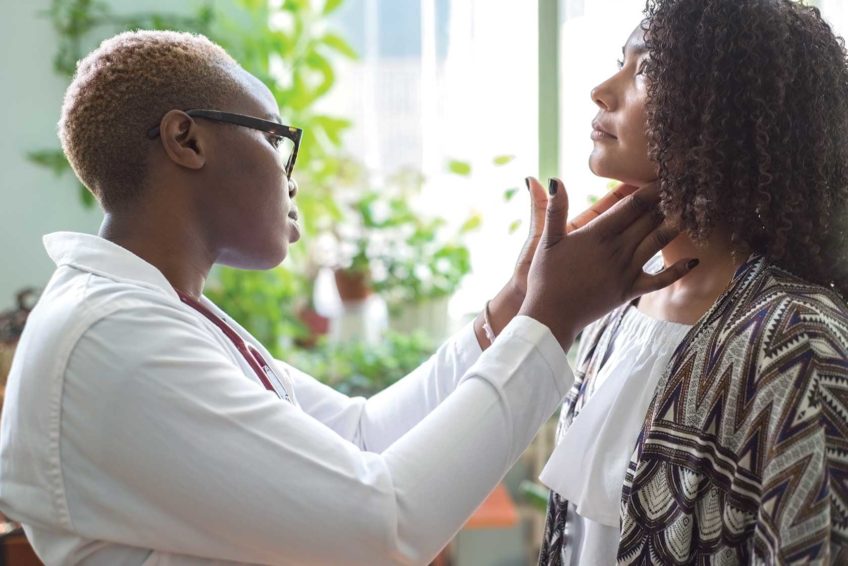
Constance Benson, 34, insisted that she had control of her sickle cell disease. In an interview for Be the Match, a program that helps patients in their quest for bone marrow transplants, she stated “I have sickle cell, but sickle cell does not have me. I’ve got this.”
But she didn’t.
Benson’s parents learned her fate even before she was born. Amniotic fluid told the story. Both parents had sickle cell trait but neither knew it at the time. Yet, the affliction did not derail Benson. She was feisty; she climbed trees like every other child. “I was never treated with kid gloves,” she explained. On one hand, Benson said she had a phenomenal childhood.
On the other hand, she had her fair share of pain crises and complications. Benson knew her triggers well: being too hot, being too cold, clothing too tight, stress. “The pain was never the same,” she explained. “It can be anywhere and travel anywhere. My entire body could hurt so much.”
Emergency room visits
She did not relish visits to the emergency room. Benson is not alone there. In a study published in JAMA Network Open, 29% of people with SCD rated their experience in the ER as negative. Many respondents delayed emergency medical care or avoided it altogether.
“You do not see someone who is sick,” she said, describing the perception of the ER providers. “If I had a visible limp, care might be faster. They have to see a problem. They judge you.” Because she looked like a healthy person, her pain was dismissed. The uptick in drug use across the country does not help the situation. People with SCD are often perceived as drug-seeking; the providers doubt the severity of their pain although they require high doses of opioids.
The transplant: family matters
Benson’s life began to change nine years ago. Her mother calls it divine intervention. She is a nurse and was assigned to care for a young child who had undergone a bone marrow transplant, also referred to as a stem cell transplant. This procedure replaces a person’s bone marrow — the source of red blood cells — with normally functioning ones. In SCD the red blood cells are rigid and misshapen. It’s a precarious procedure, but if it goes well, it can cure several diseases. SCD is one of them.
Benson was not keen on the idea. Initially, she didn’t want it. “I did not know how bad my condition was,” she explained. But her pain began to interfere with her ambitions. She was embarking on a career in modeling. Her frequent hospital admissions threatened to derail her plans. Her parents kept pushing until finally she agreed.
Her younger sister was the donor. Benson said she willingly participated, but undoubtedly the puppy she was promised sweetened the deal. At the time, bone marrow transplants were typically restricted to children. Benson participated in a National Institutes of Health clinical trial called STRIDE to measure its success in young adults.
It was not easy. She spent several months in the hospital, one in isolation to prevent infection. The hardest part is the chemotherapy that is used to suppress the immune system and prepare the bone marrow for the donated stem cells. The easiest part was the transplantation itself, she explained. It’s just a transfusion.
Benson’s life has done a complete about face. “Life on the other side is awesome,” she explained to Be The Match. “I never could have imagined that I would have the life I have now, that I would be able to do things I can now. I know I have a wonderful future. I’m looking forward to it.”







